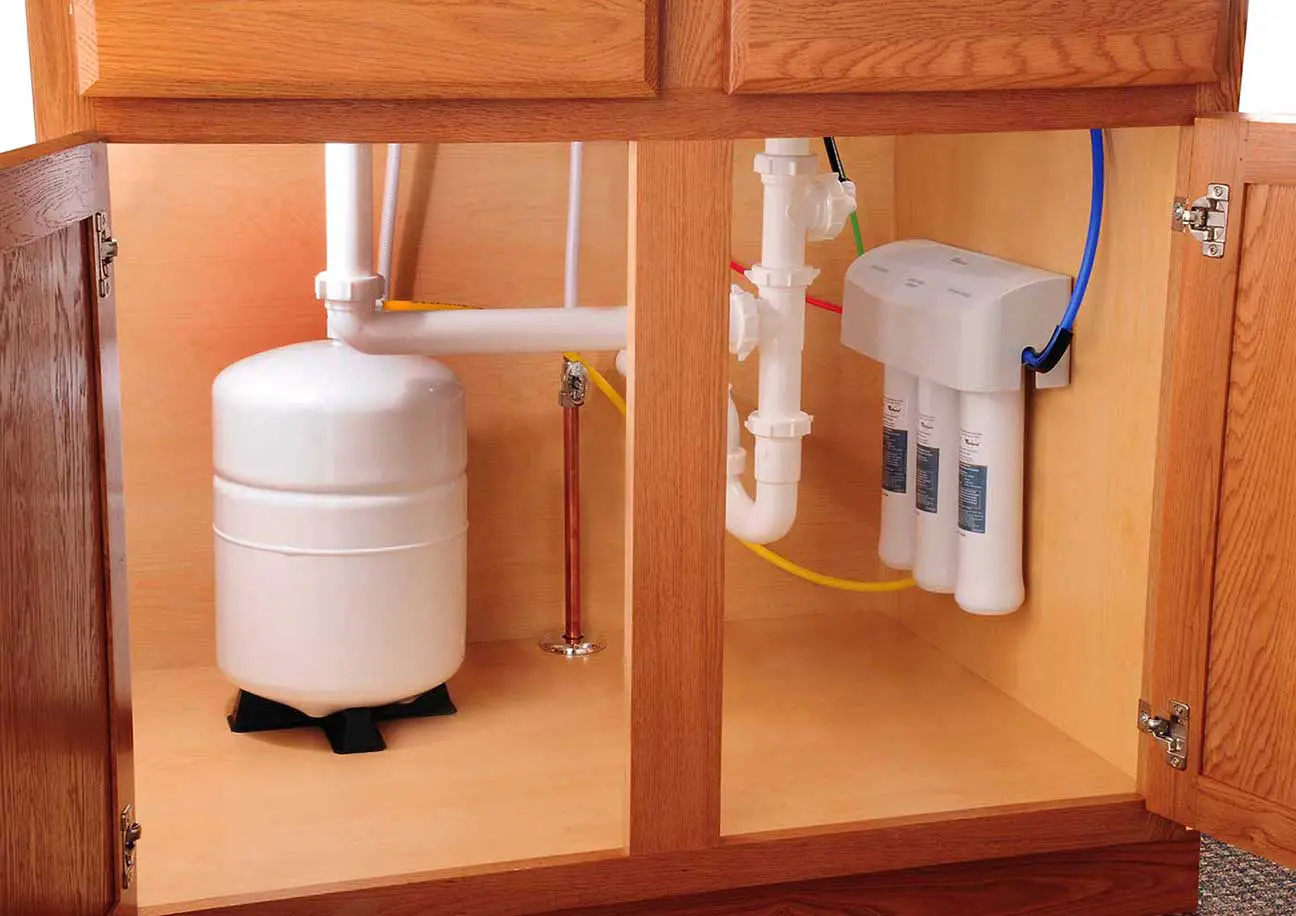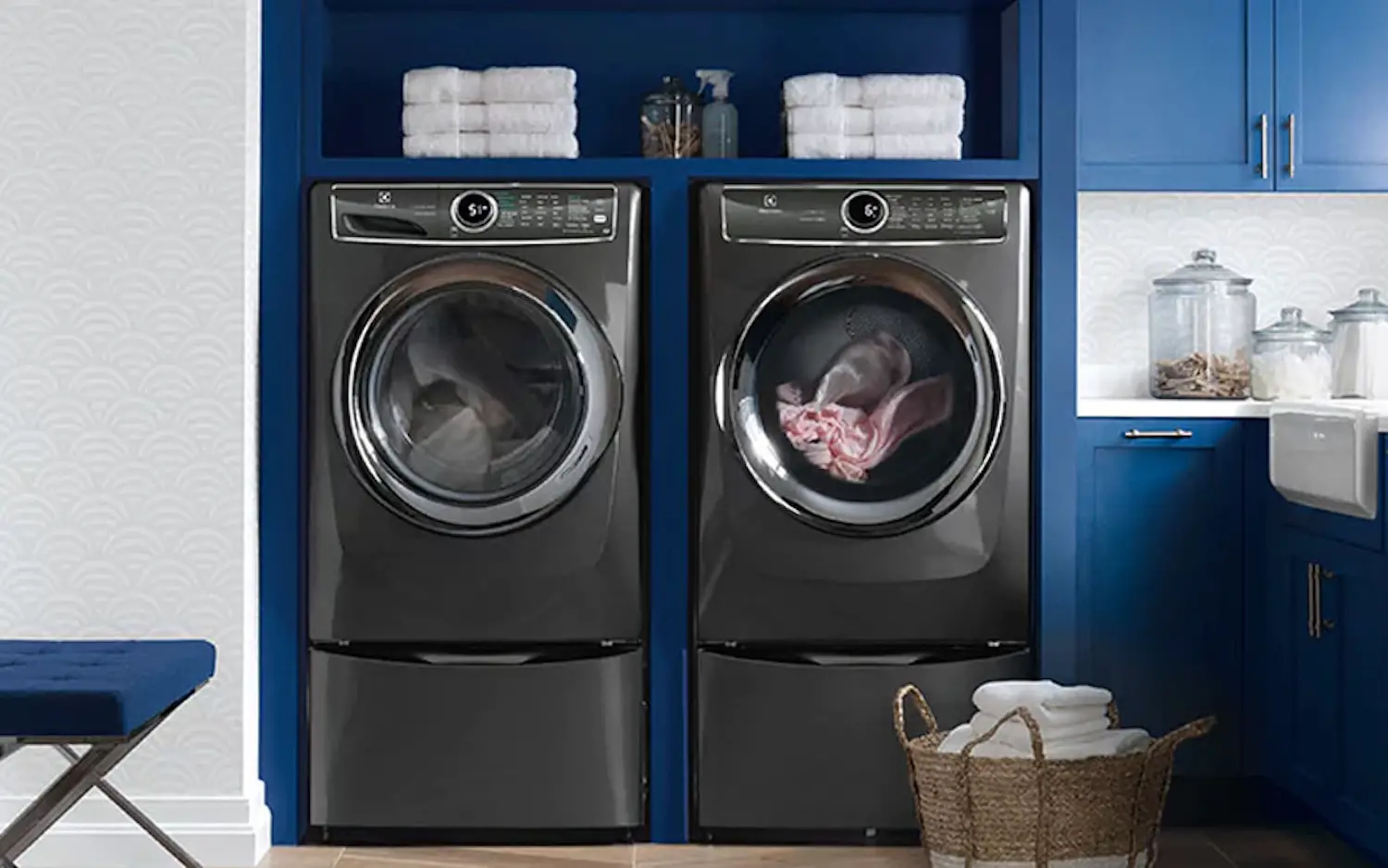If you’re someone who’s completely new to the term “reverse osmosis,” it can sound intimidating. The fact of the matter is that reverse osmosis water filtration is fairly basic. Especially, once you get up to speed. Since reverse osmosis or “RO” systems are becoming the norm in most households, it’s important to know how to choose a system for home use.
In the following passages, you’ll get a basic understanding of reverse osmosis and learn how to choose a reverse osmosis system for home use. After soaking up that knowledge, you’ll know whether an RO system is the right choice for your home.
What is reverse osmosis?
Firstly, let’s take a look at what this type of water filtration actually is. In layman’s terms, it’s a form of ultrafiltration that removes everything from your water. In a way, it’s a catch-all type of water filtration that leaves nothing to chance.
How does this ultrafiltration process work? Well, the main ingredient in an RO system is the reverse osmosis membrane. In order for the process to work, water is forced through microscopic pores in the membrane. In fact, the pore size is so small that only pure water droplets can make their way through.
However, one downside is that the process strips water of essential minerals as well as contaminants. The resulting water has a blank taste, yet there is a solution that you’ll learn below.
Next, it’s important to note that reverse osmosis filtration does create wastewater. This is the waste that’s rejected by the RO membrane. To reduce your wastewater, it’s best to choose an efficient system that incorporates a booster pump or other means to reduce wastewater.
To give you an idea, an inefficient system may have a wastewater ratio of 5:1. This means that for every gallon of purified water, the system creates five gallons of wastewater. Clearly, an inefficient system can have a negative impact on your water bill.
How to Choose an RO System for Home Use
Now that you have a basic understanding of how reverse osmosis works, it’s time to discover the types of RO systems. Primarily, there are under-sink systems that are the most affordable. These traditional systems require owners to be somewhat handy to install them since you will need to drill a hole or two.
Plus, since under-sink systems have several stages, you’ll also need to keep track of the filter life for each stage. Typically, these systems use a combination of sediment and carbon filters along with the RO membrane. Overall, these systems will give you the most bang for your buck, though, maintenance and installation are not the easiest.
Next, there’s the more convenient countertop system that’s becoming increasingly popular. Usually, these types of systems have built-in booster pumps and filtered water tanks. Through water reuse, they cut down on wastewater. Additionally, filter changes are designed to be user-friendly. The only real drawback here is that a countertop system lives on your counter rather than being out of sight.
Third, there’s the latest iteration of reverse osmosis systems for home use, which are tankless systems. This type of system is extremely user-friendly and designed to be placed below your sink. Unlike traditional under-sink systems, a tankless system is shaped like a box with all of the parts contained in a single unit.
As a result, you have an onboard booster pump, easy filter changes, and easier installation. Also, a tankless system requires significantly less room below your sink. To learn more about tankless reverse osmosis systems click here.
All in all, those are your options. Comparatively, countertop and tankless systems cost more than traditional under-sink systems.
How to Install a Reverse Osmosis System
Installing a reverse osmosis system is mostly straightforward. Firstly, keep in mind that you will need to install an auxiliary faucet at your kitchen sink for under-sink systems. For this reason, there’s the need to drill a hole in your sink if there’s not already a hole for a soap dispenser.
With that being said, it’s important to use the right type of drill bit, especially if you’re cutting through metal. This way, you’ll get a nice clean cut. After that, there’s also the need to drill a hole in your drain line for the wastewater to go. The good news is that those are the only holes you need to drill.
Now, rewind to the very beginning. Before choosing a system, it’s important to know its dimensions. By taking this step, you’ll be able to compare the dimensions to the available space below your sink. At this point, you’ll know for sure whether the system will fit below your sink.
Keep in mind that traditional under-sink systems come with filtered water tanks. Depending on the size of the tank, you will need some extra space below your sink to house it.
Beyond these considerations, it’s important to follow the manufacturer’s instructions for mounting and flushing the filters before use. After installation, you’ll want to turn your water back on to check the pressure of the auxiliary faucet.
If you prefer to skip over the under-sink installation process altogether, then a countertop system is the way to go. With a countertop system, there’s no need to drill any holes or mount anything. Simply follow the manufacturer’s instructions to get up and running. For renters, choosing a countertop system can be advantageous to avoid having to make any permanent modifications.
Wrap Up
Choosing a reverse osmosis system for home use comes down to your preferences, space, and budget. In most cases, an under-sink system is the way to go since it’s out of the way until you need it. If you’re somewhat handy, a traditional residential system will give you the most value for your money.
Plus, you’ll find that systems offer additions such as remineralization, which helps to improve the taste of your filtered water. Overall, an RO system is a wise investment for people who want reliably clean drinking water on a daily basis on near autopilot.






